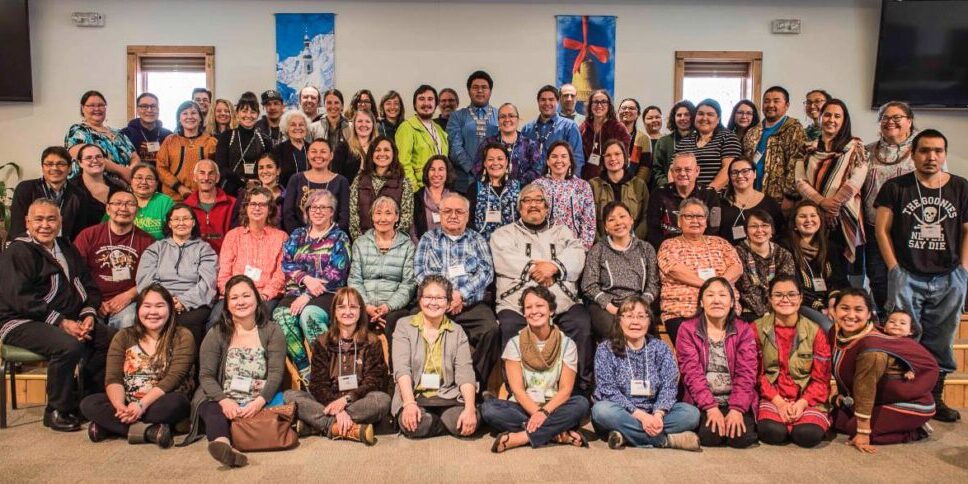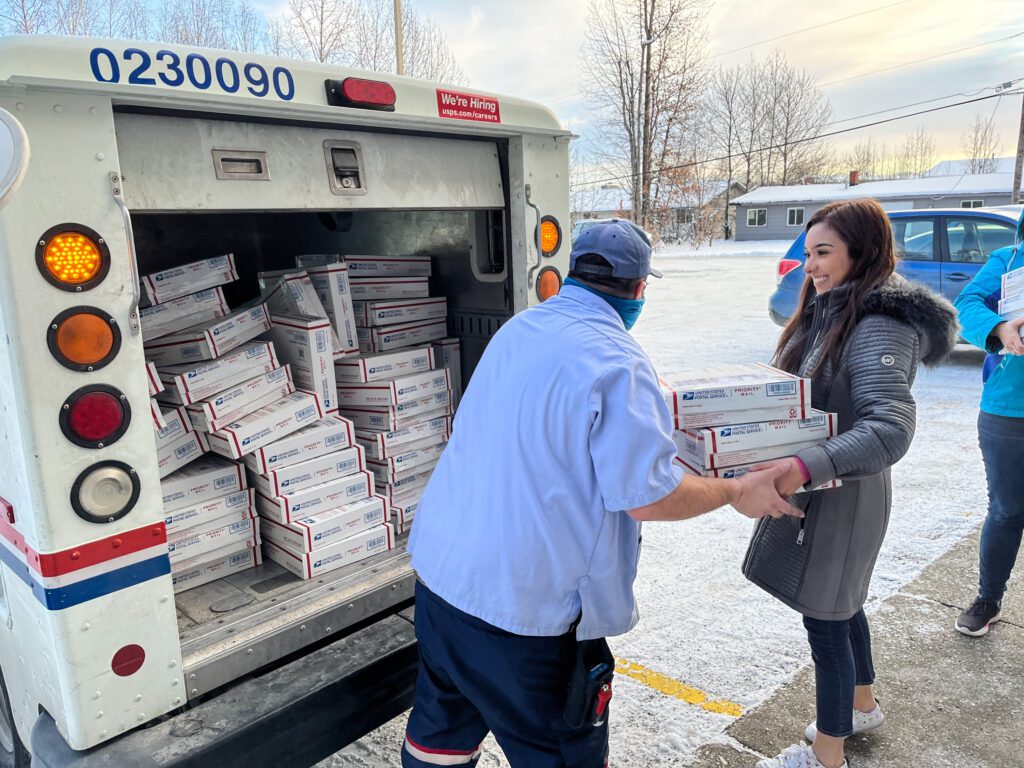A recent training session, hosted by the local Alaska Native Collaborative Hub for Research on Resilience and the Statewide Suicide Prevention Council, trained participants on new research in suicide prevention. The data speaks to whole communities coming together to create a positive atmosphere.
“The goal, as one Elder from Alakanuk said, isn’t just, ‘we don’t just want our young people to die’. We want them to want to live and to feel loved,” researcher Stacy Rasmus told listeners. She is working on a project to examine the process villages in Alaska use to prevent suicide.
The session described two approaches. In different ways, both models emphasize increasing the healthy, supportive, and joyful experiences that already exist in the lives of youth, versus intervening in a crisis.
Rasmus uses the Quasgiq model, which involves the whole village coming together. Elders take the lead to uplift youth and help them cultivate a desire to live. She says there is beauty in the way multiple individuals, from all facets of someone’s life, have the power to step in and help a young person at risk. Because everyone contributes to the positive atmosphere, youth feel wanted in every way.
Georgianna Ningeulook is the lead prevention coordinator for the village of Scammon Bay.
The joy in her voice was palpable as she shared fond memories from different traditional activities she had put together: a young boy’s pride for reeling in his first catch after doubting that he was able, or the number of kids who helped chop wood for their Elders throughout the summer.
She feels the dual lifestyle of Yup’ik youth, with a commitment to both the traditional subsistence lifestyle and the modern lifestyle of education and making a career can be difficult for some youth.
“I really do believe that the kids struggle with this, because I do. When I first left Scammon Bay, it was hard because I wanted to be home, but I knew I had to get a degree,” Ningeulook said.
Through activities like hunting and making traditional tools, Ningeulook tries to instill a sense of identity and belonging in youth who might otherwise feel lost. By helping the young people find joy in these activities and by demonstrating to them that they have a support community all around them, Ningeulook hopes to offset any loneliness and hardship children experience.
She said her activities teach the importance of “first, knowing yourself” and finding happiness in that identity. Yup’ik children find joy in learning about their traditions.
“It’s important to know who you are. It helps so much in life. Because being Yup’ik means a lot of things and that also comes with the teachings that were given to us by our Elders, our parents,” Ningeulook said.
Image at top: From the last in-person conference The Alaska Native Collaborative Hub for Research and Resilience was able to host safely, in 2019. In the group are numerous respected Elders and leaders from around Alaska.







